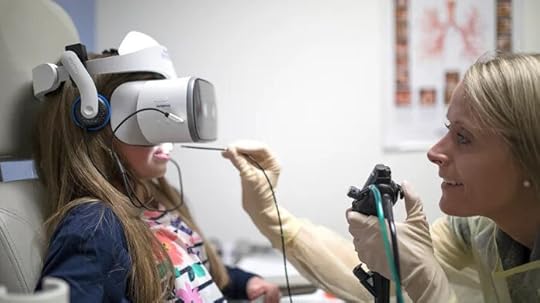Cara Natterson's Blog, page 9
March 10, 2020
Should We Blame the Bats?
The pictures have spread much faster than the coronavirus itself: images of bats on skewers, bats in stews, bats being consumed by voracious diners. So are bats to blame for COVID-19? No one knows.
As the CDC explains it: coronaviruses are a large family of viruses that are common in people and many different species of animals, including camels, cattle, cats, and bats, and all three recent coronavirus epidemics (SARS, MERS and now COVID-19) have their origins in bats. What the CDC doesn’t say is how the transmission occurred in the first place. While there are lots of scientists digging deep to figure that one out, there are also lots of social scientists pointing out that COVID-19 and xenophobia are travelling hand-in-hand. NPR has a great piece on this, as does Fast Company. But if you want to know more about bats in particular, read this one:

As news of the Wuhan virus spread online, one video became emblematic of its claimed origin: It showed a young Chinese woman, supposedly in Wuhan, biting into a virtually whole bat as she held the creature up with chopsticks. Media outlets from the Daily Mail to RT promoted the video, as did a number of prominent extremist bloggers such as Paul Joseph Watson. Thousands of Twitter users blamed supposedly “dirty” Chinese eating habits—in particular the consumption of wildlife—for the outbreak, said to have begun at a so-called wet market that…READ MORE
Why Coronavirus Will Morph
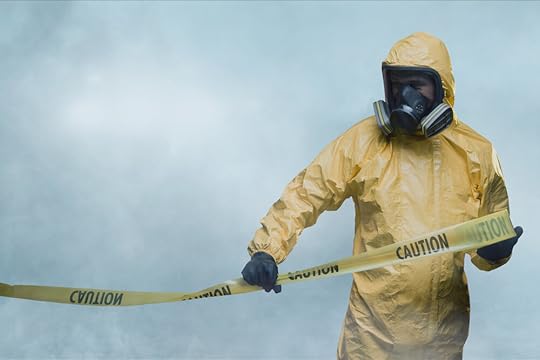
Lots of experts have predicted the vast majority of the world will be exposed to COVID-19 within a year or two. Spread is what viruses do. So why all of the effort to avoid it when, ultimately, you probably won’t be able to? Because there may be a big difference between getting it now and getting it…READ MORE
January 24, 2020
Coronavirus Basics

When a new virus first infects humans, there is serious potential risk. Which is exactly what has unfolded first in China and now, three weeks later, across the globe. So a few facts about Wuhan Coronavirus: what it is, why it could spread so fast, and what we can all do about it.
Coronavirus is a family of…READ MORE
Below the Belt
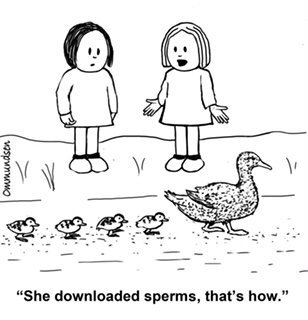
Lately, I have run across a slew of great articles about managing issues south of the waistline. They don’t exactly relate to one another, but they do share a common theme: the reproductive system.
The first article is from Perri Klass, one of the great pediatricians-turned-writers of our time. The issue of heavy menstrual bleeding is far more…READ MORE
January 22, 2020
Ridiculously Simple Sleep Rec
So you want your teenager to get more sleep? This study says: give them a bedtime and they will.
Sounds too simple. But that’s the point. Parents of teenagers often fight an uphill battle as the night wears on: their kids have piles of homework, not to mention lots of late night energy. In an effort to empower our children with independence, we begin to think that we should let them figure this one out for themselves and set their own bedtimes. Or some of us are just so darned tired that we go to bed with the hope that our offspring will follow our lead and do the same soon after.
No great surprise here: teens don’t get enough sleep. But it turns out, if parents set a bedtime, their kids are much more rested. Some common sense steps really help – for instance, if devices live somewhere other than in your kids’ bedrooms (and they should!), then have a phone turn-in time that coincides with your ideal bedtime so that they are motivated to finish their work earlier. This piece of advice comes with an added bonus: if you do this, many kids who otherwise would have stayed up to hang out (virtually) with their friends simply opt to go to bed instead . Kids have always told me that they love/hate rules. When it comes to sleep, they love when their parents try to help them get more. They may not show you their love in a particularly affectionate way – that’s where the hate part comes in – but they know your limit-setting is well-intended.
One super interesting side note from this study was that screen time didn’t directly impact sleep duration. This was new to me, and I’d like to see it studied more. But the presence of devices in a bedroom will definitely delay kids from calling it a night, that we all know.
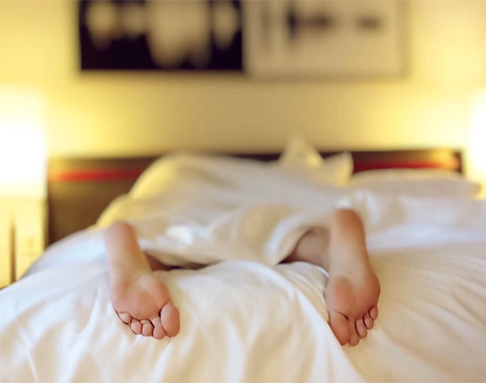
Teenagers in the US simply don't get enough shut eye. The consequences of this epidemic of sleep deprivation are extensive and include increasing rates of anxiety and depression among adolescents, as well as suicidal thoughts and actions. Sleep-deprived teens are more likely to be involved in car crashes, and run a higher risk of injury during sports-related activities. Experts have pointed to various reasons for the chronic teenage sleep deficit: growing homework loads, too many… READ MORE
January 21, 2020
Understanding Ultraprocessed
In the 1970s and 80s, fat was the dietary enemy. In the 90s, the scope of blame narrowed to one type: saturated fat. As the millennium turned, so too did our notions of good for you/bad for you, and suddenly sugar became the primary ingredient villain. Now, there’s a new edible gangster in town: ultraprocessed foods.
The body is impacted by all of the ingredients in a given food. For years, nutritionists have preached the importance of whole foods – foods that are consumed in a form pretty similar to the form they take in nature and therefore packed with their native nutrients. Nuts may be skinned or shelled, but they grow as whole nuts; ditto whole fruits and vegetables, grains, and raw meats. Nothing extra gets added to a true whole food.
There’s a continuum of transformation of food from whole to processed to ultraprocessed that you can pretty much guess: a processed food has added ingredients (think salt, sugar, oil) that change its taste or texture. You are about as far from whole as possible by the time you get to ultra-processed: foods made mostly from ingredients without retaining much (or any) wholeness. There actually isn’t one agreed upon definition of ultra-processed, but some of these items only contain “substances” derived from other foods. It can’t be good for us. And it’s not.
If you are heading down a road of healthfulness, steer clear of ultra-processed foods. Some studies show that these foods cause weight gain, others that they trigger inflammation which can have a host of negative effects like diabetes and heart disease; none show any great benefits to an ultra-processed diet. All of this is somewhat amazing given that our supermarkets are filled with this stuff, most claiming to be packed with healthy ingredients.
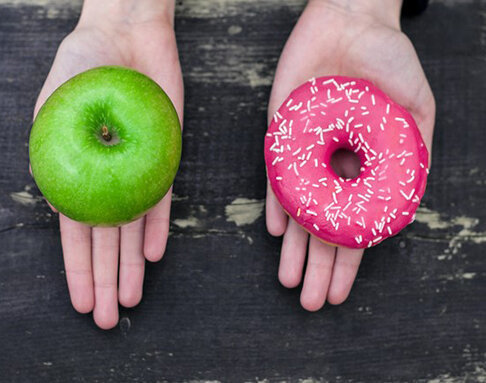
You hear it all the time: the advice to “eat less processed food.” But what is processed food? For that matter, what is minimally processed food or ultra-processed food? And how does processed food affect our health?What are processed and ultra-processed foods?Unprocessed or minimally processed foods are whole foods in which the vitamins and nutrients are still intact. The food is in its natural (or nearly natural) state. These foods may be minimally altered by removal of… READ MORE
January 20, 2020
Are Screens So Bad After All?
Over the past decade, pediatricians have led the charge against screens. Or that’s what it often feels like. As advocates of child health and wellness, it’s our job – literally – to figure out what’s good for kids, what’s bad for them, and what sits in between in the big foggy grey zone of we don’t know.
For many years, we have watched as certain physical and emotional issues mushroomed in parallel with screen time: things that were once rare in pediatrics have become unsurprising; some are even now commonplace. I’m talking about everything from carpal tunnel syndrome (thanks to keyboarding and gaming) to erectile dysfunction (that one is thanks to porn) to anxiety and depression (largely blamed on social media). The data connecting these various issues to screen use is rapidly evolving, but even in its early stages it seemed reliable enough that screen counseling became a part of the routine check-up visit. And by counseling, most of us said Do as little of it as you can, not before bed, and not naked.
Some of the very best science isn’t the new cutting-edge stuff, but rather the studies that dive deep into existing data to make sure they measure what they claim to or the ones that replicate a classic experiment to make sure the results still hold. And so, hot off the lab bench, we now know that some of what we once blamed on screens may represent unfair finger pointing. In a nutshell, social media may not be the cause of increasing anxiety and depression. In some cases, it may even provide an antidote.
I have a handful of researcher-friends who will be chuckling when they read this post, because they have been preaching the benefits of social media and challenging its critics for a long time. They will also be smiling because, as researchers, they knew the study needed to be done to prove they were right. Maybe. There’s always more data to collect.

It has become common wisdom that too much time spent on smartphones and social media is responsible for a recent spike in anxiety, depression and other mental health problems, especially among teenagers.But a growing number academic researchers have produced studies that suggest the common wisdom is wrong.The latest research… READ MORE
January 2, 2020
A Common Sense Conversation with Peggy Orenstein & Dr. Cara Natterson
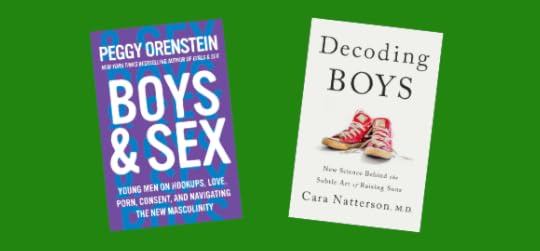
Monday, February 3, 2020
7:00–9:30 p.m.
New Roads School
at The Herb Alpert Educational Village
Moss Theater
3131 Olympic Blvd.
Santa Monica, CA 90404
There is no charge to attend, but seats are limited and advance registration is required. Books will be available for purchase with an opportunity to be signed by the authors.
Join Common Sense and authors Peggy Orenstein and Dr. Cara Natterson for the release of their new books and an engaging discussion on puberty, emergent sexuality in adolescents, and how doing the best for our boys can affect how all our children thrive in the digital age. The conversation will be moderated by Steve Goldbloom, producer and series creator of the PBS NewsHour series “Brief but Spectacular.”
Today, our mission to ensure kids' digital well-being is more relevant and vital than ever. Devices, social networks, and media are changing childhood in radical ways. A Common Sense Conversation is a national speaker series that brings together authors, experts, and thought leaders for meaningful and timely dialogue on what it means to raise healthy and happy kids in the digital age.
For more information, contact Lisa Solomon at:
(310) 689-7536.
Common Sense is the leading independent nonprofit organization dedicated to helping kids thrive in a world of media and technology. For more information, please visit www.commonsense.org
December 5, 2019
The Beauty Myth for Boys
One of the biggest myths about the beauty myth is that it’s female. Adolescent boys suffer from unrealistic beauty standards, too.

As long as I have been a pediatrician, boys have told me — usually in not so many words — that they feel the exact same body pressures girls do, just in different directions. This body-sense emerges earlier than we might expect thanks to the younger onset of puberty, which has moved squarely into the elementary school years, yes for both boys and girls. The difference is that female body changes tend to be… READ MORE
November 21, 2019
Giving Happiness

It’s that time of year, when we’re all scrambling to figure out where to go to gift the people who play integral roles in our lives – a member of your mom squad or a teacher at your kid’s school or your right hand at work or your best friend in the world. This year, consider Giving Happiness by donating in peoples’ honor to Starlight Children’s Foundation. Starlight provides happiness to seriously ill kids in hospitals across the country in the form of virtual reality, gaming, and comfy hospital gowns. It’s a charity that has been near and dear to my heart for years. Click here to learn more about how to create gift cards for people on your list while giving play, distraction, and fun to sick kids who cannot be home for the holidays.
